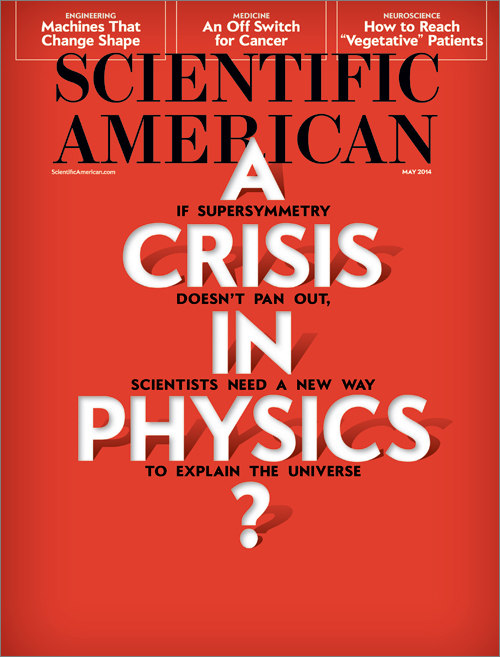The Genesis of Justice
Before all learning, an infant’s mind has a sense of
right and wrong

On the platform of a subway station, a woman and two men are talking a few feet away from the open track pit. Without warning, one of the men shoves the woman. She staggers backward toward the edge. The other man reaches out to catch her, but he is too late, and down she goes onto the tracks. In an instant, he reacts. He turns on his heels and coldcocks the culprit. It is a magnificent roundhouse to the face that snaps the wrongdoer’s head back. Satisfied with this act of revenge, he turns, hesitates and dashes over to pull the woman to safety. He reassures her, then takes off after the malefactor, who has beat a hasty retreat. The entire incident takes 20 seconds, and you can see it yourself on YouTube (at the 1:47 mark).
In that moment—too brief for rational calculation—a conflict of pure emotionality unfolds between rescue and revenge, helping and hurting. In a flash, two neural networks in the rescuer’s brain are engaged to act: help a fellow human in trouble or punish the perpetrator. What is a moral primate to do? In this case, because no train was coming, he could afford that problematic first choice. Rescue is sweet but so is revenge.
This vignette illustrates our multifaceted moral nature, which evolved to solve several problems at once in our ancestral environment: be nice to those who help us and our kin and kind and punish those who hurt us and our kin and kind. Evidence that these moral emotions are deeply entrenched in human nature may be found in a series of experiments with babies, brilliantly synthesized in the book Just Babies: The Origins of Good and Evil (Crown, 2013) by Yale University psychologist Paul Bloom. Testing the theory that we have an innate moral sense, as proposed by such Enlightenment thinkers as Adam Smith and Thomas Jefferson, Bloom provides experimental evidence that “our natural endowments” include “a moral sense—some capacity to distinguish between kind and cruel actions; empathy and compassion—suffering at the pain of those around us and the wish to make this pain go away; a rudimentary sense of fairness—a tendency to favor equal divisions of resources; a rudimentary sense of justice—a desire to see good actions rewarded and bad actions punished.”
In Bloom’s laboratory, a one-year-old baby watched puppets enact a morality play. One puppet rolled a ball to a second puppet, who passed the ball back. The first puppet then rolled the ball to a different puppet, who ran off with the ball. The baby was next given a choice between taking a treat away from the “nice” puppet or the “naughty” one. As Bloom predicted, the infant removed the treat from the naughty puppet—which is what most babies do in this experiment. But for this little moralist, removing a positive reinforcement (the treat) was not enough. “The boy then leaned over and smacked this puppet on the head,” Bloom recounts. In his inchoate moral mind, punishment was called for.
There are numerous permutations on this research paradigm— such as a puppet trying to roll a ball up a ramp, for which another puppet either helps or hinders it. Time and again, the moral sense of right (preferring helping puppets) and wrong (abjuring hurting puppets) emerges in people between three and 10 months of age, far too early to attribute to learning and culture. Morality, Bloom concludes, “entails certain feelings and motivations, such as a desire to help others in need, compassion for those in pain, anger toward the cruel, and guilt and pride about our own shameful and kind actions,” which supports what I saw in the video vignette. Society’s laws and customs can turn the moral dials up or down, of course, but nature endowed us with the dials in the first place. This is why the constitutions of our nations should be grounded in the constitution of our nature.


May 6th, 2014 at 10:58 am
Does this imply that babies have morals, or merely a natural social behavior? Is there a difference?